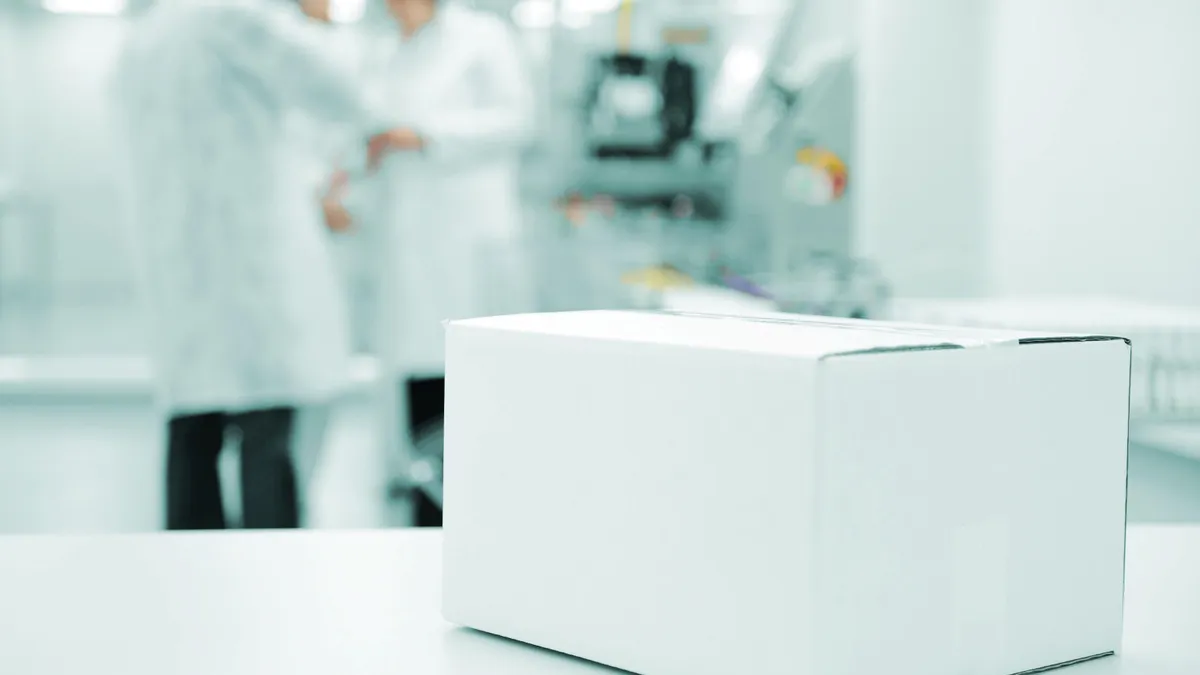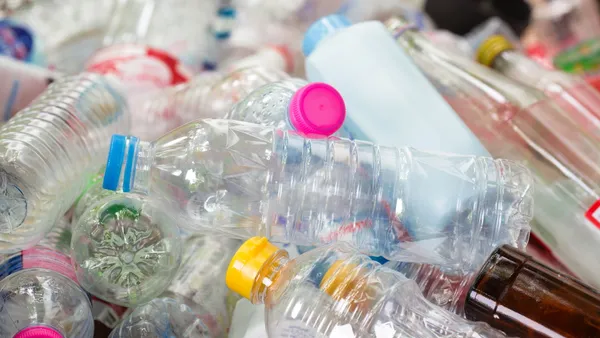In today’s cold chain—spanning pharmaceuticals, biologics and perishables—packaging professionals must do more with less: meet performance goals, improve sustainability and manage costs without compromising compliance.
This is the cold chain dilemma: a complex equation where success lies in managing competing priorities across the value chain. At the heart of it is the need to reimagine packaging not as a static product, but as a strategic lever that can drive measurable (and positive) environmental and business impact.
Sustainability: Mandate, not Marketing Trend
Corporate initiatives are reshaping packaging. With 69% of CEOs citing sustainability as a top growth opportunity and B-Corp registrations up 27%, sustainable design is no longer optional—it’s expected.
But sustainability goes beyond changing material. Mark Riley, Segment Manager – Life Sciences for Altor, notes that “sustainable packaging must include a clear value proposition, digestible messaging and disposal guidance that’s relevant and relatable.”
What does this mean for packaging design? It means engaging early with partners experienced in integrating sustainability into packaging design. It means understanding the full life cycle of the packaging. And above all, it means that ensuring the correct balance is struck between end-user expectations and corporate KPIs.
Performance Is Paramount
In temperature-sensitive supply chains, performance is non-negotiable. Under-engineered systems lead to reshipments and product loss. Over-engineered ones inflate cost and environmental impact. The sweet spot is found through design optimization and tools like predictive thermal modeling and testing through a trusted partner – with ISTA certified labs serving as a trusted benchmark.
Thermal modeling simulates performance across ambient profiles before a single prototype is made—speeding innovation, reducing waste and guiding smarter design decisions from the start.
This performance optimization often influences the carbon footprint of the solution, with the size, weight and efficiency of a system sometimes contributing more to carbon impact than material alone. As Scott Dyvig, VP of New Business Development at Altor, emphasizes, “packaging optimization is the fastest and most effective way to improve sustainability while maintaining payload integrity.”
The Real Cost of Sustainable Packaging
There’s often a perception that sustainable packaging always comes at a premium. But true cost must factor in more than material price: freight, labor, packaging efficiency and reshipment rates all contribute to total cost of ownership.
Case studies from companies shipping high-value, life-saving pharmaceuticals and perishable goods show how teams of experts at Altor balance these variables. Many companies have chosen to keep a familiar form factor and existing tooling as their traditional EPS shippers through a switch to an EPS grade infused with a bio-based additive designed to accelerate degradation in some landfill environments. Others have opted for bio-based, commercially compostable PLA options that can be molded to improve insulation and reduce gel pack requirements. Others are opting to take advantage of the recyclability of EPS, creating regenerative systems and giving new life to already manufactured material.
These decisions were more complex than simple material changes, they were made by aligning packaging solutions with stakeholder priorities, market needs and operational realities.
Sophisticated Thinking, Simplified
To navigate the cold chain dilemma, Altor leverages 70+ years of expertise to help customers balance performance, cost and sustainability through simplified decision frameworks and guide packaging design accordingly.
Whether starting at the ideation phase or executing against defined KPIs, Altor brings a consultative approach to material selection, design attributes, qualification and end-user communication. This includes evaluating:
- Thermal performance and duration requirements
- Sustainability preferences/KPIs
- Compliance and certification standards
- Inbound and outbound transport and availability
- Regional infrastructure for disposal or recovery
- Marketing and messaging opportunities
This approach, combined with a commitment to shaping the future of packaging, ensures that solutions are tailored to drive industry transformation in both the short and long term.
The Altor Advantage
At Altor, a leading manufacturer of insulated shippers, the mission is to deliver the future of regenerative packaging systems and partner with customers to solve unique challenges. Backed by an extensive North American footprint, ISTA-certified labs and the experience of 5 legacy companies, we recognize that no two applications are the same. That’s why our team is available to help packaging professionals move the industry forward confidently and responsibly.
For more information on Altor’s technology platforms, solutions and service offerings, along with some exciting self-service tools, you can visit the recently updated altorsolutions.com.










